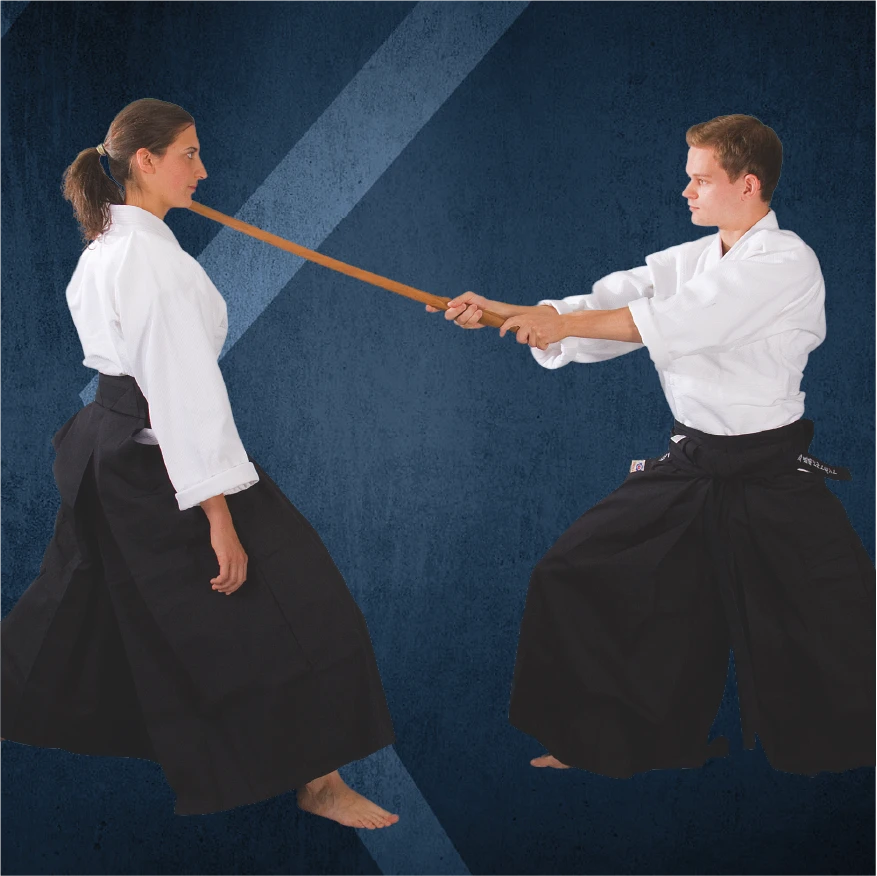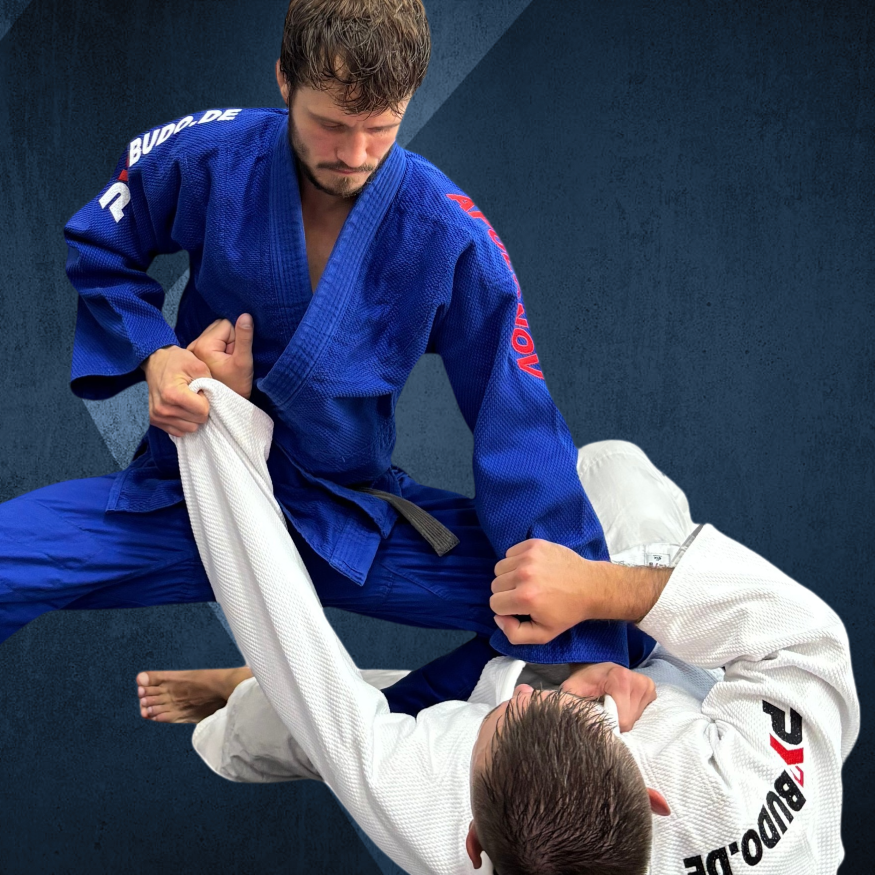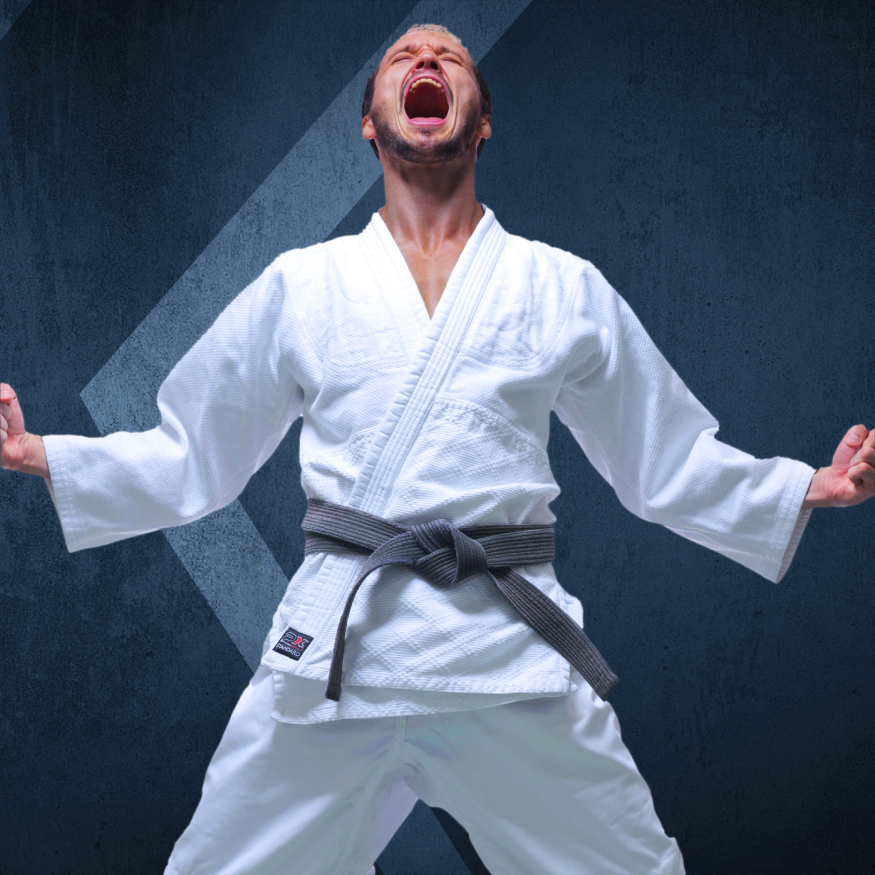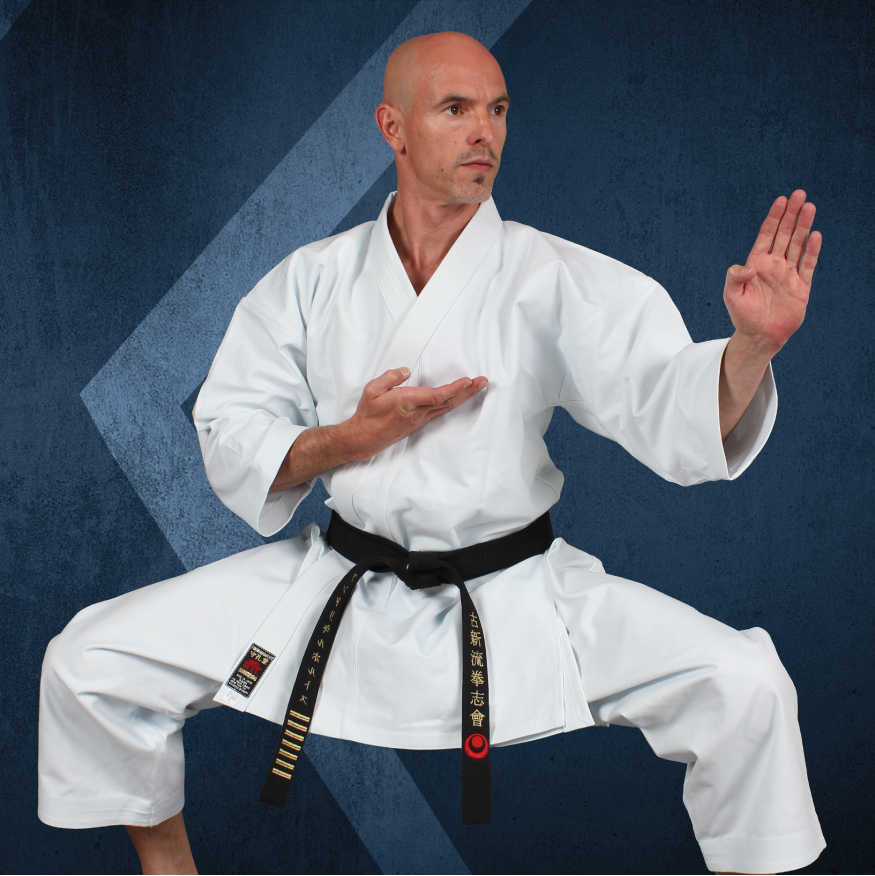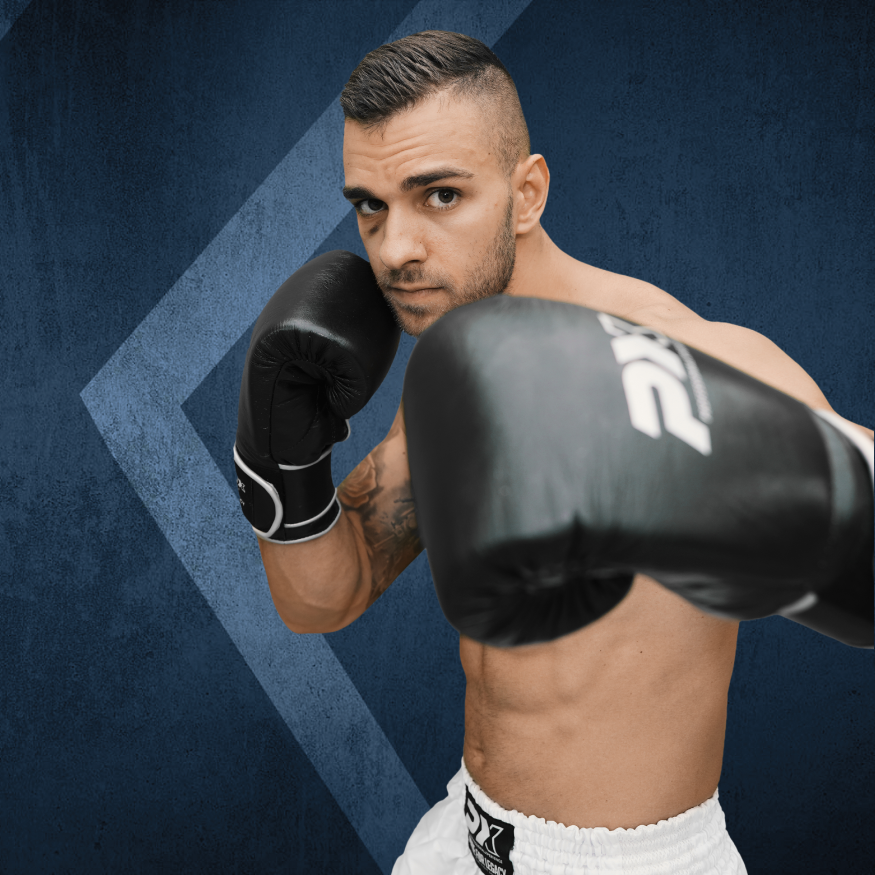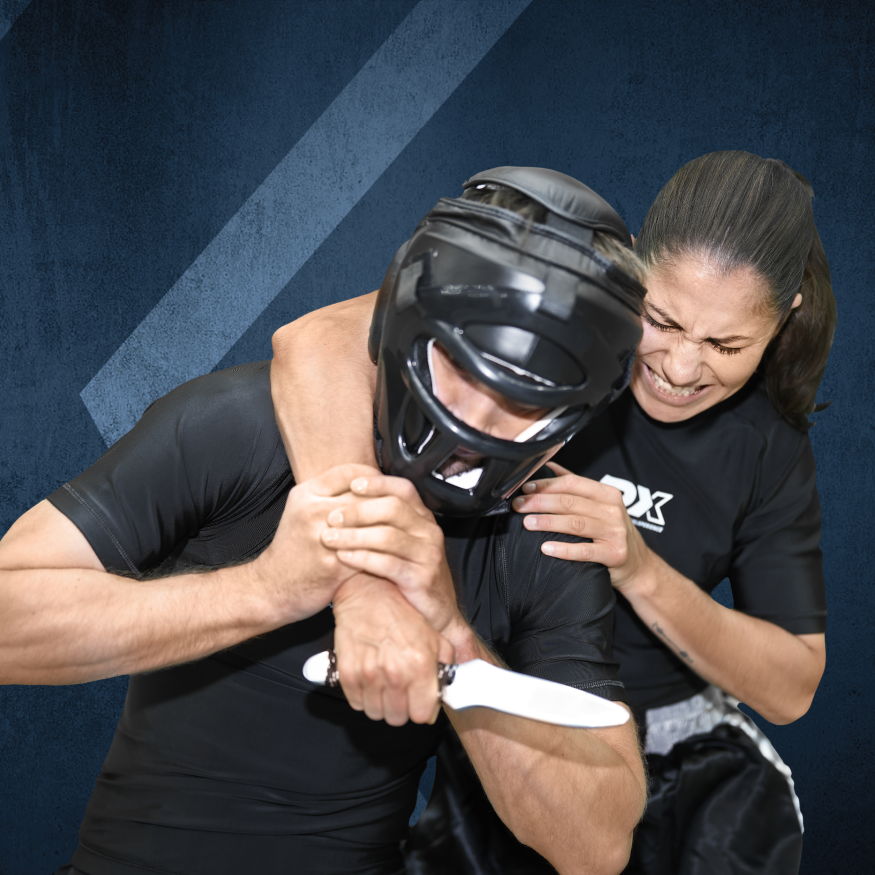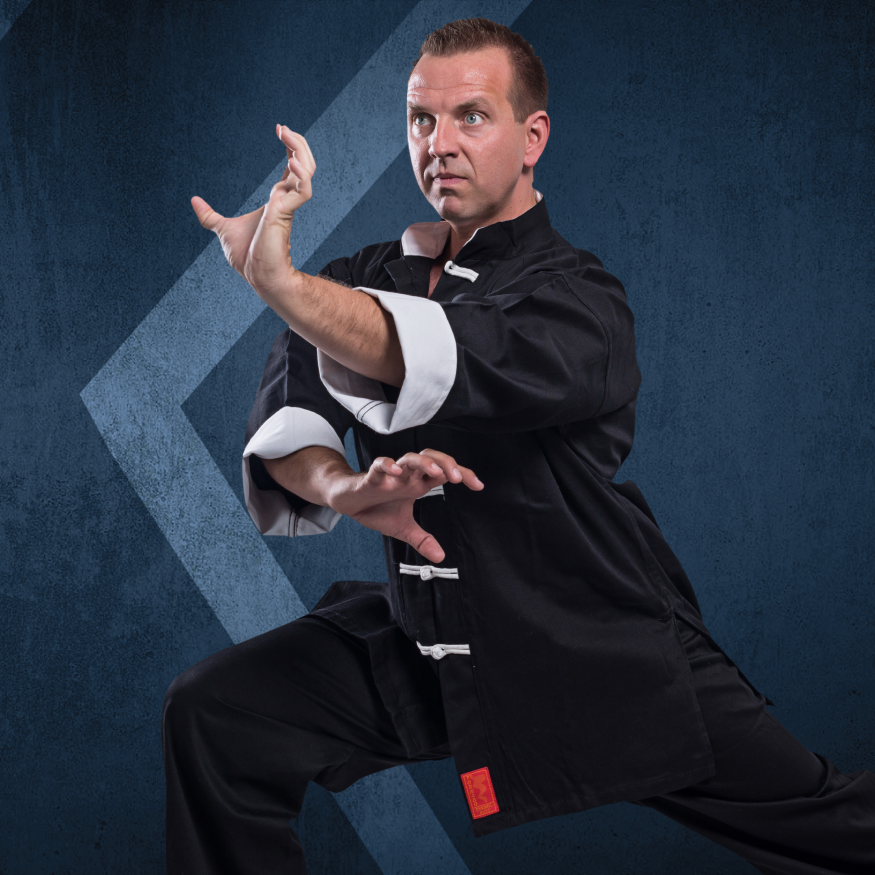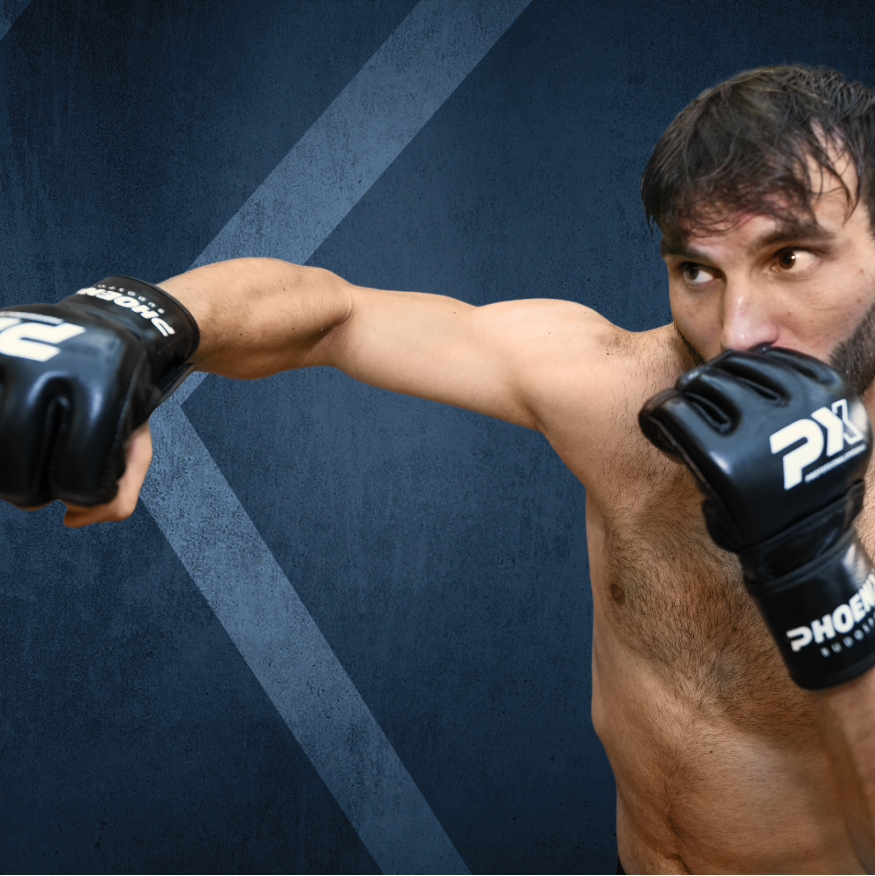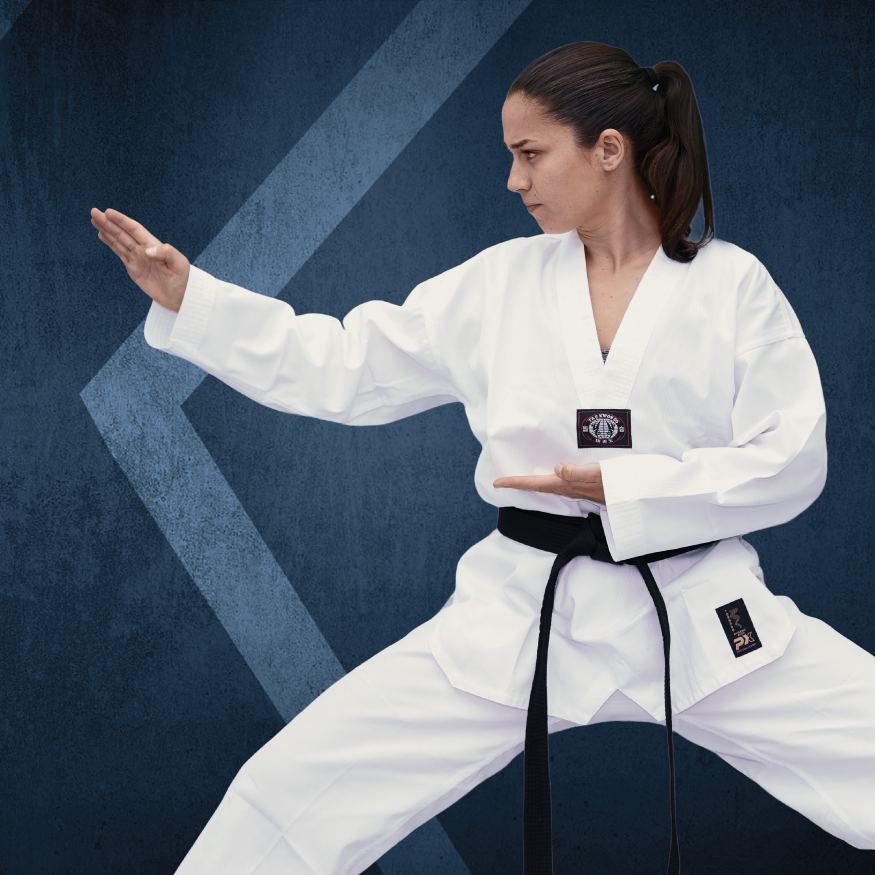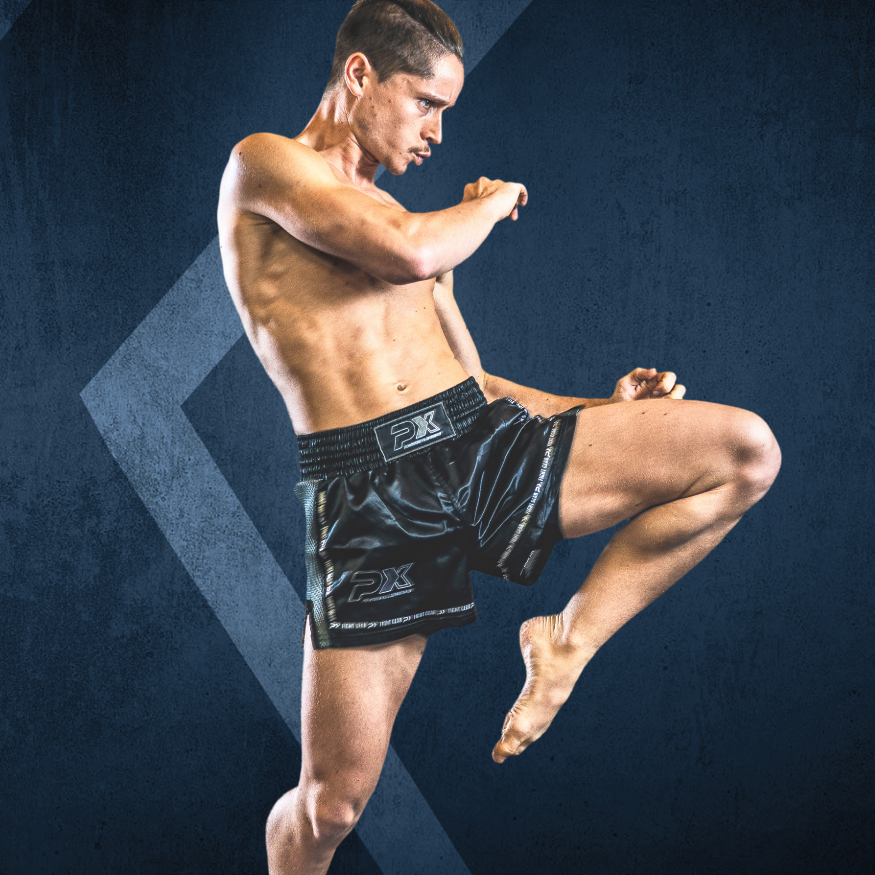Martial arts
Judo: Technique and control
Judo is a Japanese martial art that was developed by Jigoro Kano at the beginning of the 20th century. The focus is on throws, holds and ground techniques, with the aim of skillfully deflecting the opponent's force. As an Olympic discipline, judo combines tradition and modernity and promotes body control, discipline and respect.
Karate: tradition and versatility
Karate is a traditional martial art that originated in Okinawa and combines modern and traditional elements. It comprises numerous styles, such as Shotokan, Goju-Ryu and Kyokushin, each of which has its own focus and techniques. The variety ranges from precise katas (fixed movement sequences) to kumite (free sparring) and effective striking techniques. Karate combines discipline and physical strength with philosophical values and is one of the world's most popular martial arts.
Kung fu: Traditional Chinese martial arts
There are various styles behind this martial art. The best known is certainly Shaolin Kung-Fu, the origin of all martial arts, from the Chinese province of Henan. The exercises include smooth movements, acrobatic techniques and breathing exercises to strengthen inner energy. Kung fu combines body control with philosophical principles and has a long tradition.
Taekwondo: speed and technique
This Korean martial art is known for its impressive kicking techniques. Typical exercises include practicing high kicks, twisting techniques and break tests. This martial art also places great emphasis on discipline and sporting fairness, making it an ideal choice for children and adults.
Aikido: The art of evasion
This Japanese martial art was developed by Morihei Ueshiba in the 20th century. It focuses on redirecting the opponent's energy in order to neutralize attacks. Typical exercises include throwing and holding techniques based on circular movements. The focus is on harmony and avoiding injury.
Kendo: The art of sword fighting
This is the modern form of Japanese sword fighting and is performed with bamboo swords, known as shinai. Originally practiced by the samurai, this martial art combines technique and mental development. The typical exercises include sequences of strikes and duels in which concentration and speed are crucial.
BJJ: Ground fighting at the highest level
Brazilian Jiu-Jitsu (BJJ) is a martial art that focuses on ground fighting and submission techniques. It was developed by the Gracie family in Brazil and popularized worldwide. Typical training includes the use of leverage techniques, throws and holds to control or submit the opponent. BJJ is known for its effectiveness, as it allows smaller or weaker individuals to successfully defend themselves against physically superior opponents. It is also characterized by its versatility and adaptability, making it suitable for both competition and self-defence.
Kickboxing and Thai boxing: punching power and versatility
Kickboxing and Thai boxing combine precise punching techniques with kicks, with Thai boxing also integrating elbow and knee attacks as well as the clinch. Kickboxing is particularly popular in competitions and as fitness training, while Thai boxing (Muay Thai) is known for its wide variety of punches. Typical training methods include punch combinations on the punching bag, partner drills and technical units to increase strength, endurance and precision.
Krav Maga: Effectiveness in self-defense
Krav-Maga was developed in Israel as a form of military self-defense. It focuses on practical techniques for defending against real attacks. Typical exercises include scenarios such as defending against multiple attackers or disarming an opponent. Krav-Maga is known for its simplicity and effectiveness.
Mixed martial arts: the diversity of martial arts
Mixed martial arts combines techniques from various disciplines such as Brazilian jiu-jitsu, boxing, Muay Thai and wrestling. Celebrities such as Conor McGregor have made mixed martial arts one of the most popular martial arts disciplines. The typical exercises include sparring, technical training and conditioning exercises in order to be versatile.
Fitness and martial arts: training with added value
Many martial arts disciplines integrate fitness training into their programs. Typical exercises such as jumping rope, shadow boxing or partner drills improve endurance, strength and coordination. Martial arts is not only an effective workout, but also an excellent way to develop mental strength.

